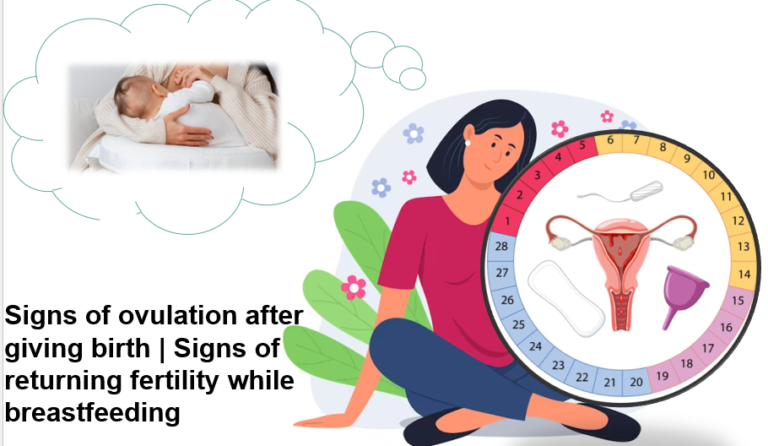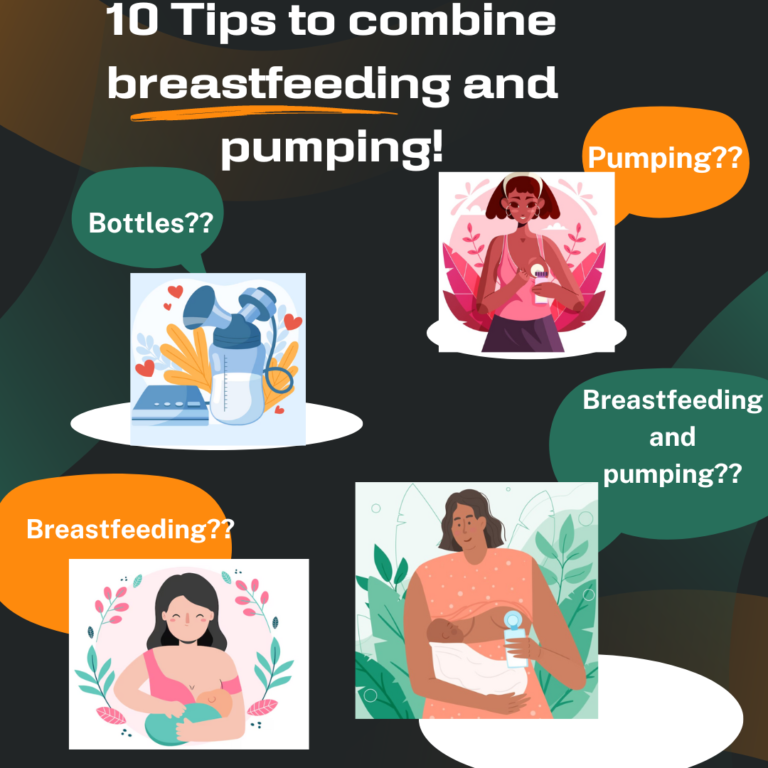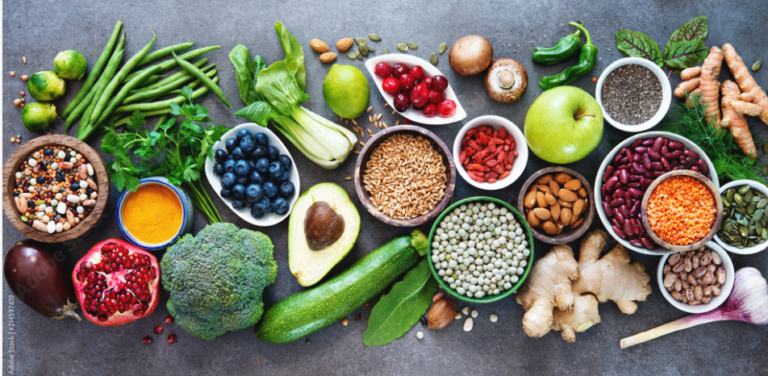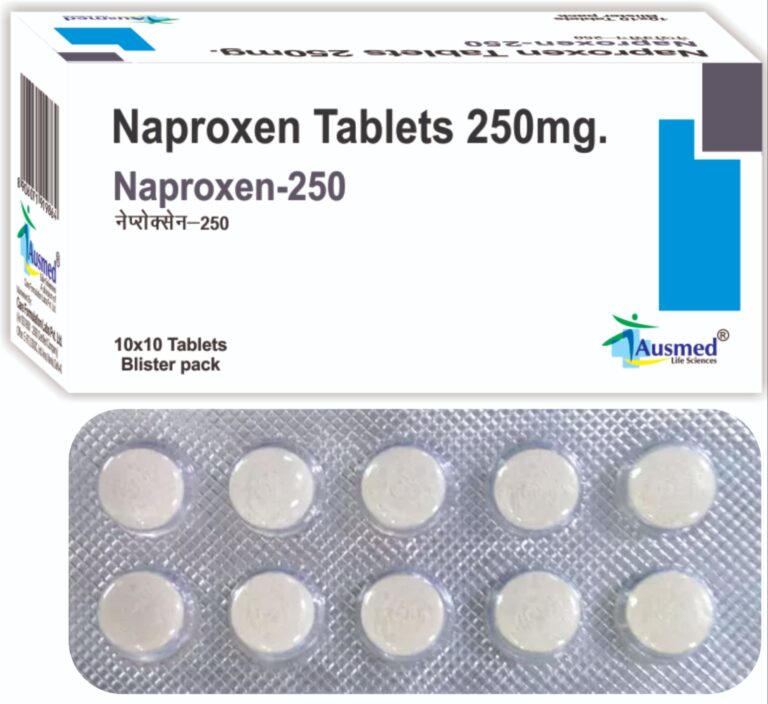Antenatal Colostrum Harvesting: Nurturing Your Baby’s First Embrace with Love
Antenatal colostrum harvesting is a remarkable process that involves collecting colostrum, the first milk produced by a mother’s breasts during pregnancy, before the baby is born. Colostrum is a rich source of essential nutrients, antibodies, and immunological factors, making it a precious gift for a newborn’s health and immunity.

In this article, we will explore the benefits of antenatal colostrum harvesting, how to collect and store it, and why it is an emotionally significant way to nurture your baby’s well-being even before their arrival.
What is Antenatal Colostrum Harvesting? What are the uses of colostrum?
Antenatal colostrum harvesting is the process of expressing and collecting colostrum during late pregnancy, typically in the third trimester. Colostrum is the first milk that a mother’s body produces before transitioning to mature breast milk after birth. It is densely packed with vital nutrients, antibodies, and immune-enhancing properties that provide the newborn with an exceptional defense against infections and illnesses during the early stages of life.
Potential Benefits of Colostrum Harvesting:
Colostrum harvesting during the antenatal period offers a myriad of potential benefits for both the expectant mother and the newborn. This golden elixir, produced by the mother’s body during late pregnancy, is a precious gift that holds immense value in ensuring the health and wellbeing of the baby during their early days of life. This early defense mechanism can significantly reduce the risk of various diseases, setting the stage for a healthy start to life.
Besides its physiological advantages, the process of colostrum harvesting fosters a deep emotional connection between the mother and the baby even before birth. Few of the potential benefits are listed below:
- Boosting Immune System: Colostrum is a potent source of antibodies that help strengthen the baby’s immune system and protect them from infections.
- Early Nutrition: Harvested colostrum can serve as the first nourishing meal for the newborn, promoting their growth and development.
- Reduced Neonatal Jaundice: Studies suggest that colostrum can help reduce the risk of neonatal jaundice, a common condition in newborns.
- Bonding and Emotional Connection: Engaging in colostrum harvesting fosters a strong emotional connection between the mother and the baby even before birth.
- Breastfeeding Support: Collecting colostrum in advance can provide reassurance and support for mothers who may face initial breastfeeding challenges after birth.
When to Start Harvesting Your Colostrum?
Antenatal colostrum harvesting is typically recommended from around 37 weeks of pregnancy. It is essential to consult with your healthcare provider before starting to ensure it is safe and appropriate for your specific situation.
How to Harvest (Collect) Your Colostrum: Major Steps
Harvesting colostrum during the antenatal period is a remarkable way for expectant mothers to actively contribute to their baby’s health and wellbeing even before they enter the world.
The process of collecting this precious golden elixir involves gentle and careful hand expression of the first milk produced by the mother’s breasts. In this section, we will explore the major steps involved in colostrum harvesting, providing essential guidance for expectant mothers who wish to embark on this nurturing journey for their baby’s early nourishment and immunity.
- Consultation: Seek guidance from your healthcare provider or a lactation consultant to understand the process and address any concerns.
- Hand Expression: Gently massage your breasts to stimulate milk flow, then use your hand to express colostrum into a clean container. Pumping is generally not advised during colostrum harvesting.
- Storage: Use sterilized syringes or small containers to store the expressed colostrum. Label each container with the date and time of collection.
How to Store Your Colostrum?
Collected colostrum should be stored in a refrigerator or freezer. In a refrigerator, it can be safely stored for up to 48 hours, while in a freezer, it can last for several months. Follow proper storage guidelines to ensure its freshness and effectiveness.
Conclusion
Antenatal colostrum harvesting is a powerful way for expectant mothers to contribute to their baby’s health and immunity even before they enter the world. The numerous benefits of colostrum and the emotional connection it fosters make this process a truly nurturing experience. By taking proactive steps to collect and store this precious gift, mothers are setting their babies on a path of good health and wellbeing from their very first moments of life.
References
- Foudil-Bey, I., Murphy, M.S.Q., Dunn, S. et al. Evaluating antenatal breastmilk expression outcomes: a scoping review. Int Breastfeed J 16, 25 (2021). https://doi.org/10.1186/s13006-021-00371-7
- Casey JRR, Mogg EL, Banks J, Braniff K, Heal C. Perspectives and experiences of collecting antenatal colostrum in women who have had diabetes during pregnancy: a North Queensland semistructured interview study. BMJ Open. 2019 Jan 3;9(1):e021513. doi: 10.1136/bmjopen-2018-021513. PMID: 30610018; PMCID: PMC6326334.
- Foudil-Bey I, Murphy MSQ, Dunn S, Keely EJ, El-Chaâr D. Evaluating antenatal breastmilk expression outcomes: a scoping review. Int Breastfeed J. 2021 Mar 12;16(1):25. doi: 10.1186/s13006-021-00371-7. PMID: 33712049; PMCID: PMC7971107.
Frequently Asked Questions:
- Is colostrum harvesting safe for all pregnancies?
It is generally safe, but it is crucial to consult your healthcare provider to ensure it is appropriate for your specific pregnancy.
2. Can colostrum harvesting induce labor?
Colostrum harvesting is not known to induce labor. It primarily involves gentle hand expression.
3. What if I can’t express much colostrum?
The amount of colostrum can vary, and every drop counts. Even small amounts are valuable for the newborn’s health.















+ There are no comments
Add yours